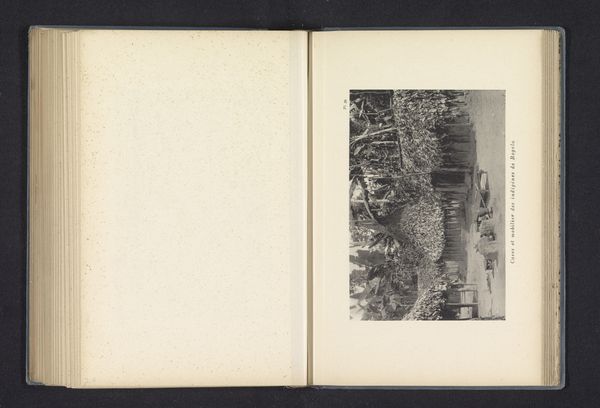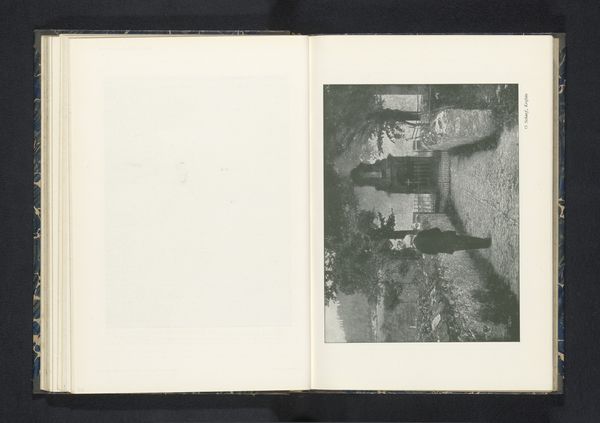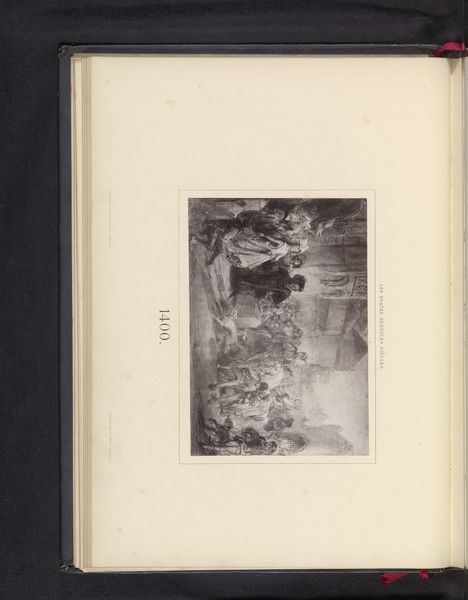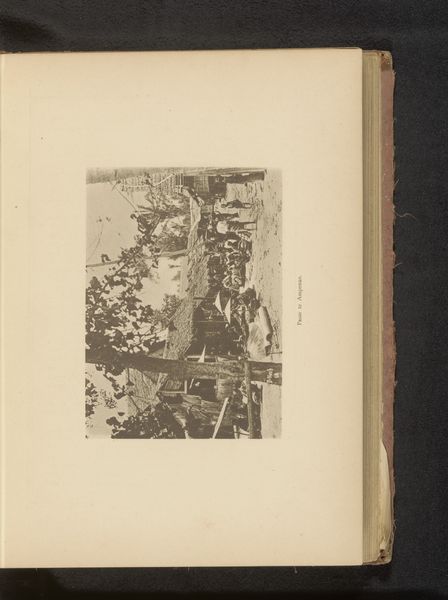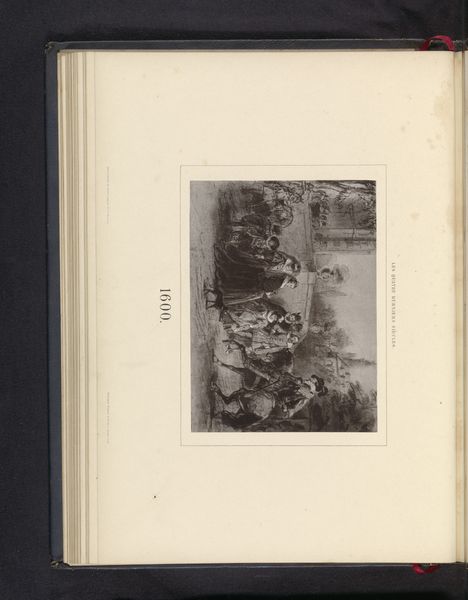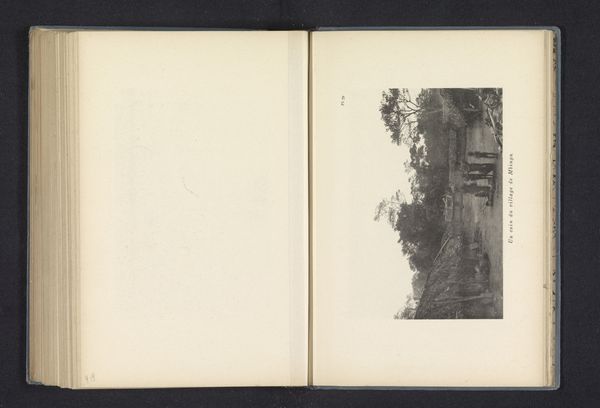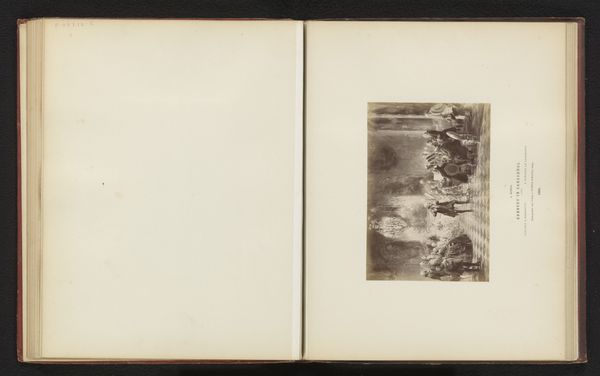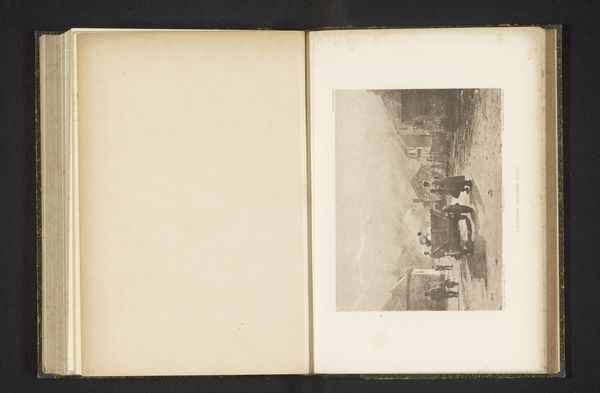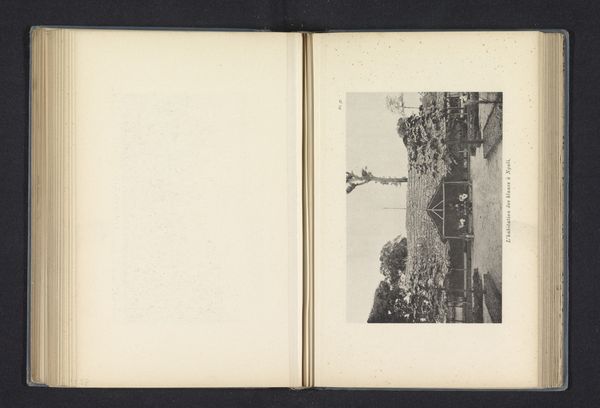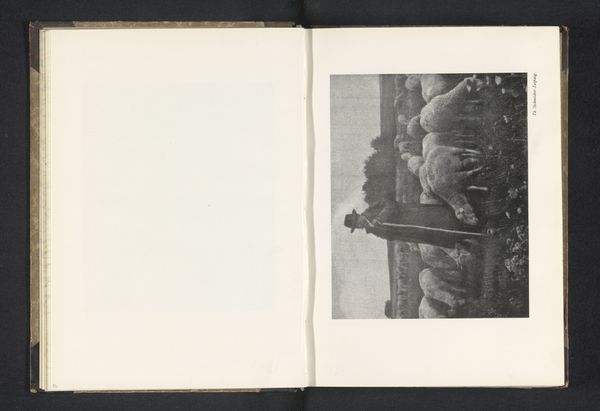
Reproductie van een schilderij van overvallen militairen in een dorp te Lotharingen door Paul Emile Boutigny before 1901
0:00
0:00
drawing, paper, ink
#
drawing
#
paper
#
ink
#
genre-painting
#
realism
Dimensions: height 220 mm, width 290 mm
Copyright: Rijks Museum: Open Domain
Editor: So, this ink drawing on paper, "Reproductie van een schilderij van overvallen militairen in een dorp te Lotharingen door Paul Emile Boutigny," made before 1901, really strikes a chord. It has such a strong sense of tension and chaos, even in monochrome. What catches your eye when you look at this work? Curator: What immediately strikes me is how it reflects the public's perception and understanding of military conflict during that period. The realism hints at a desire to depict war not as heroic, but as a brutal disruption of civilian life. Consider the "genre-painting" tag – how does this blend with the violence of the scene? Editor: Well, a genre painting usually depicts everyday life, right? But here, everyday life is interrupted by soldiers and violence. Does that suggest something about the normalisation of conflict in that era? Curator: Precisely! And think about where something like this might be displayed. Not in a grand salon celebrating military victory, perhaps, but in a public space where it prompts reflection, even debate. How do you see the artist’s choice of ink drawing contributing to this dialogue? Editor: Maybe the medium lends itself to a sense of immediacy and journalistic objectivity, different from the grandiosity often associated with oil paintings depicting battles? The limited colour palette seems very stark, making the scene feel immediate, unglamorous and perhaps even unpleasant, in keeping with its theme. Curator: An excellent observation! It moves away from idealised portrayals, nudging viewers to grapple with the messy reality of military incursions. Does understanding this sociopolitical context change how you view the work? Editor: Definitely! It transforms it from just an action scene to a commentary on the societal impact of conflict. I also think that I'm becoming more appreciative of the artist’s deliberate choices in depicting this scene in ink as this is not typically a media used in wartime commemorations.. Curator: Exactly. Examining the social and cultural functions of art allows us to view seemingly simple artworks through a much more complex and meaningful lens. It encourages a deeper understanding of their power to shape public perception and memory.
Comments
No comments
Be the first to comment and join the conversation on the ultimate creative platform.
